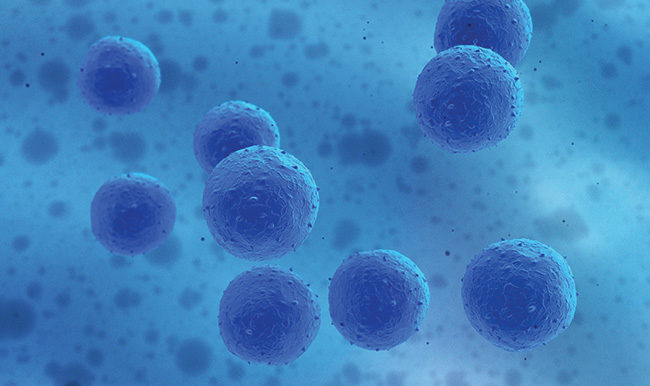American Farriers Journal
American Farriers Journal is the “hands-on” magazine for professional farriers, equine veterinarians and horse care product and service buyers.

What if you could inject something into a patient that would find its way to an injury and then turn into that tissue, rebuilding the damaged area?
Although the concept sounds like magic or the plot of a superhero comic book, mesenchymal stem cells (MSCs) — harvested from bone marrow, fat or umbilical cord blood — do possess some of these capabilities. However, stem cell therapy is far from being a magic bullet or science fiction cure.
Raul Bras, DVM, CJF, a veterinarian and farrier at Rood & Riddle Equine Clinic in Lexington, Ky., has used stem cell therapy on some of his laminitis patients. While Bras feels that he has had “good results,” he worries that people will see stem cells as a cure for all causes of lameness.
“We need to know how it works,” he says, “so we know how to use it.”
In the developing embryo, tissue differentiation occurs as signals are turned on in the cells, directing the cells down certain paths — bone, connective tissue, muscle, skin, etc.
These embryonic stem cells are known as pluripotent, meaning that they have the potential to develop into any tissue type. Stem cells are also able to replicate themselves. Undifferentiated cells exist in the adult animal as well, and they are found in large numbers in fat and bone marrow. Adult stem cells still have the ability to reproduce themselves, but they are a bit more limited in their abilities to differentiate into…